 |
 |
     |
|
|
Reviews 
detail from: KRK Art dizajnPRISMATIC VIBRATIONS OF A PAINTING Perhaps a good way to start the text about the polycentric painting of Ilia Šaula is with the word prism, because that's how his painted surface works, a painting that decomposes light. It is a noble, fine mixing of colors, works that have a further affinity with abstract painting and surrealist decalcomania, the rarest, most mysterious, and most poetic painting technique.  Šaula's work is, therefore, doubly grounded, in the abstract as modern and advanced and in the irrational, meaning fantastic and traditional. Whichever path we take, we will quickly determine that these images do not have a distinct center or have more centers or none. His achievements are the denial of raw, mechanical geometric abstraction, its limitations and even mental deprivation. 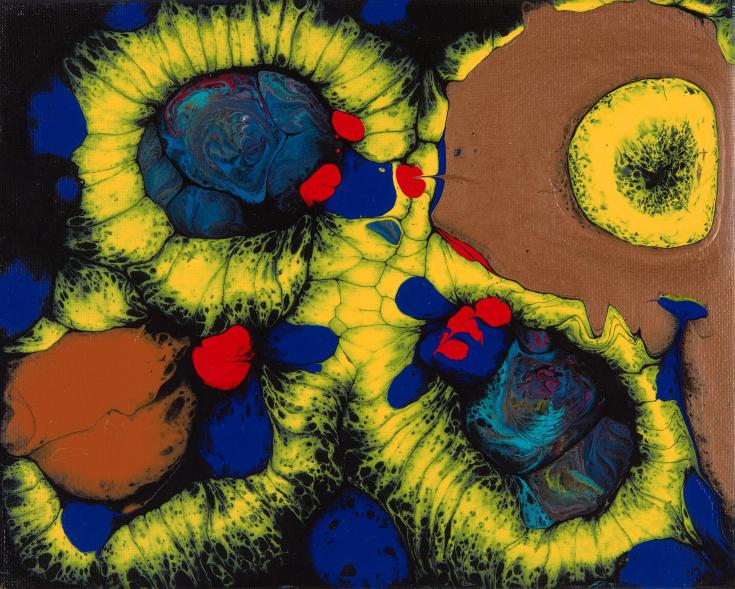 He paints freely but experiencedly, those surfaces are like lyrical abstraction in terms of the negation of hardness and inhumanity of the painting made with the help of rulers and compasses, but they go where lyrical abstraction must not be one of the historical avant-garde. In the timeless era of digital, electronic sludge, television terror and advertising, Šaula restored respect for the hand, manual work, and the act of painting, announcing perhaps the "age of the hand," but not in the usual way.  Quite far from the representational, mimetic and craft, from realism of any kind, he only follows the logic of the heart, which opens him inconceivable visions and vain imaginations. His images can be understood as otherworldly realism of the macrocosmic or microcosmic, as stellar scenes of unknown galaxies or perhaps a descent to the cellular, embryonic level.  That is why this "abstraction" is absolute, it encroaches on what transcends man and what does not reach him. Šaula creates with his coloristic vibrations, dynamic images, and Bengali fires of colors of unseen vision, deltas from Mars, rivers and seas from unknown planets, and this whole far-sighted universe does not come from a space bigger than his skull, bigger than everything earthly.  These images are contrasted by the red sea, the blue and green rivers, seen in the fiery visions of a clairvoyant. It is about inner landscapes, from the other side of the realm of imagination, about flowers of good and evil, about flora of another kind. A painter is a psychonaut who boldly flies over vast inner spaces. 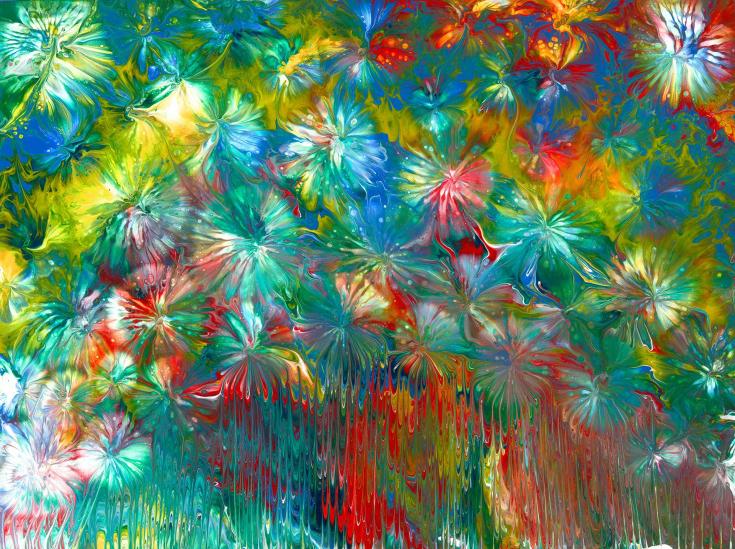 The bubbles are the bubbles of life and the flying butterflies of some floral, joyful, and rich painting, which this master is constantly rediscovering with ease. Šaula is on the side of the being of nature, his "fiction" does not know about blackness and death, he is a newspaper of joyful desires, a painter of the exclusively organic world. 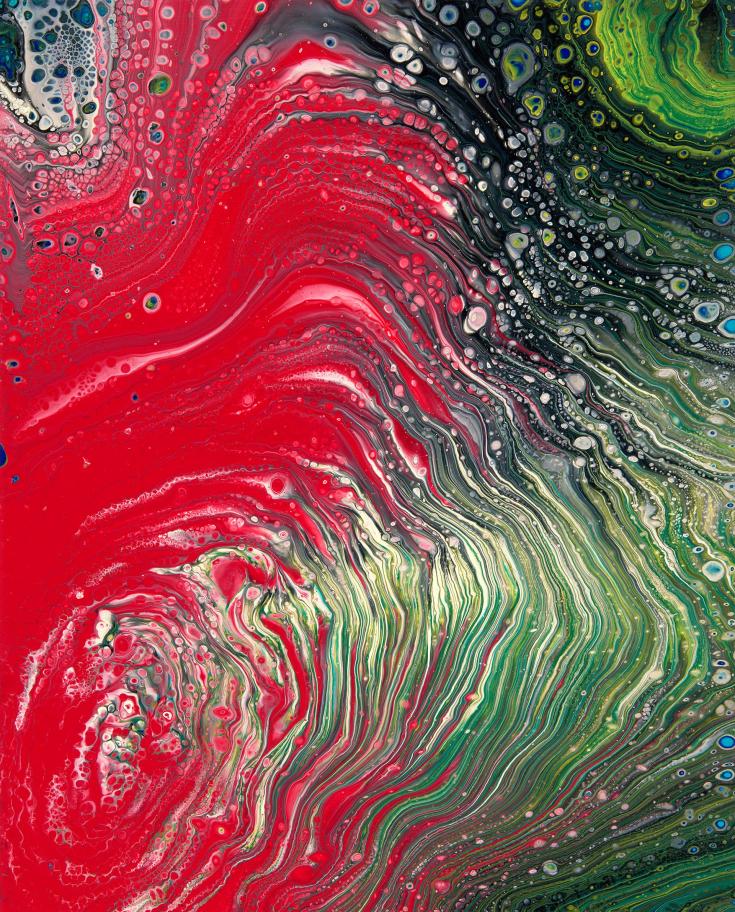 Sometimes it is just natural processes of movement and dawn, in pictures like a peacock's tail, sometimes it is an archipelago in the desert, a persecution from paradise or a fire in the sea. And when he paints a dragon, he depicts it in atmosphere and foreboding, and not descriptively, his creations never enslave the material. 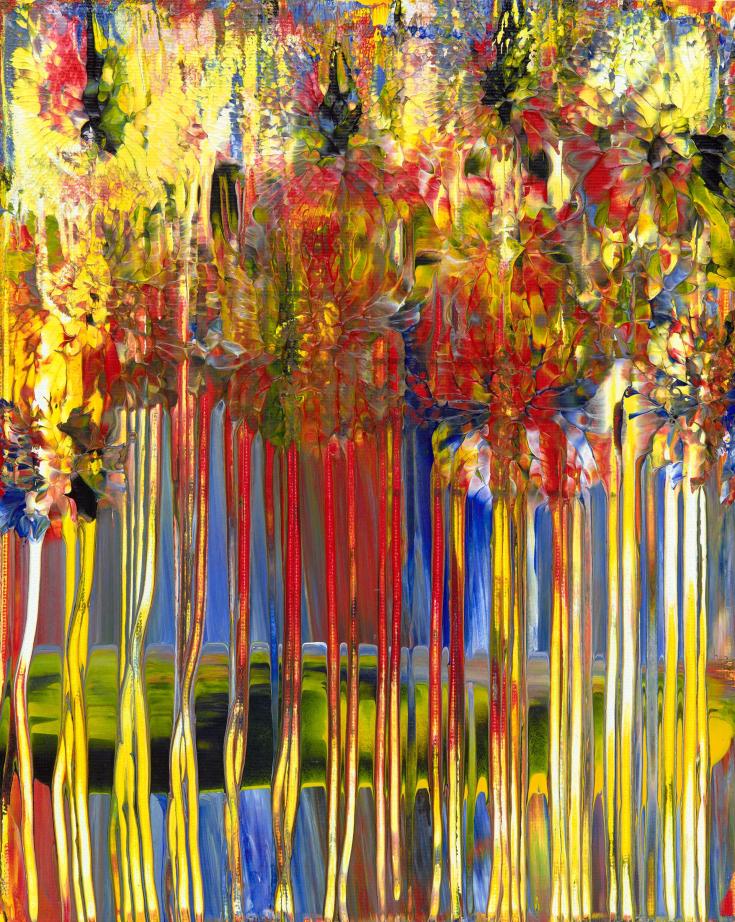 A brave painter appeared to open the secret, the fireworks of the soul, to re-paint the garden of pleasure, without a single figure. Šaula is, contrary to his time or precisely because of it, a painter who is interested in heaven, the sunny side, who paints the “soul in the clearing.” 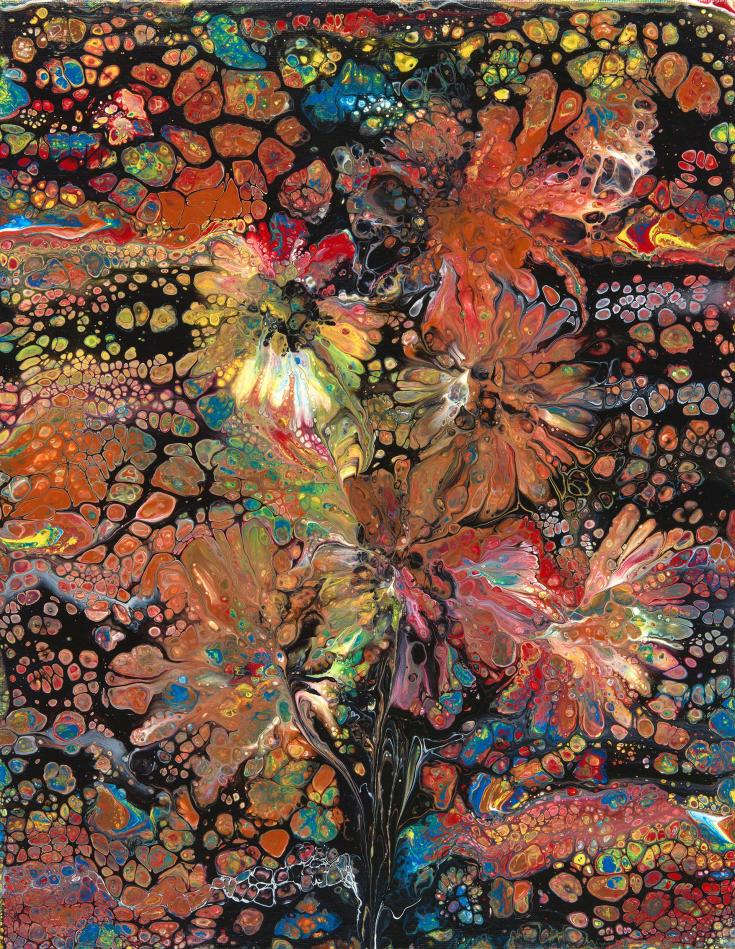 |
2025 © Literary workshop "Kordun"   |






